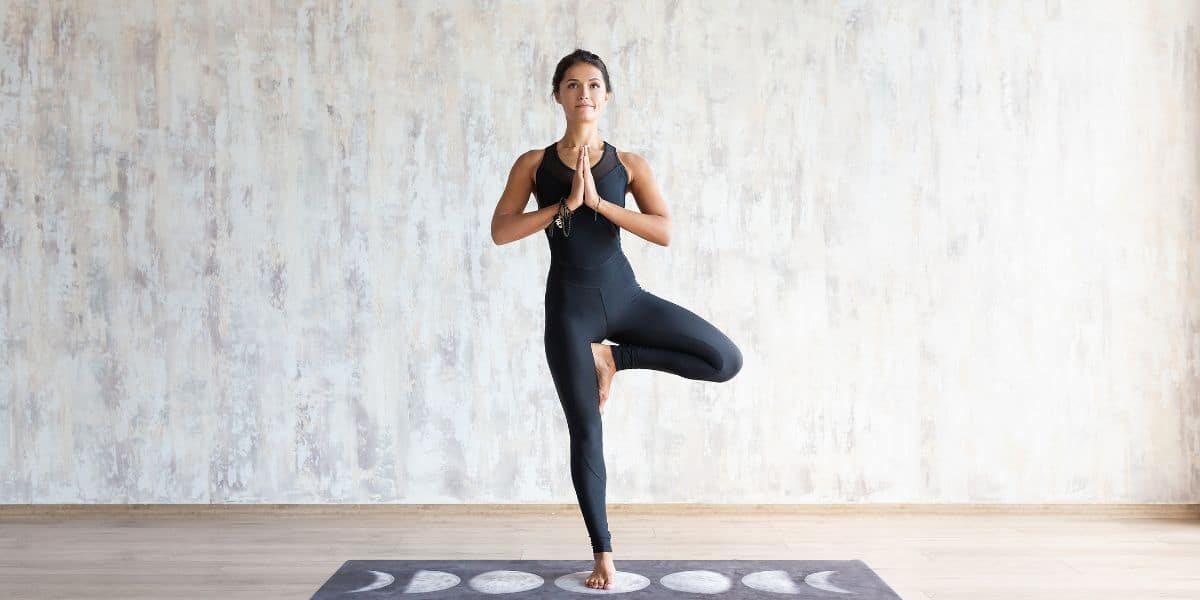The pursuit of balance and mindfulness in our chaotic world can often feel like an insurmountable challenge. As we navigate through our daily lives filled with various distractions, cultivating inner peace and stability becomes increasingly important. One profound tool in the realm of yoga that stands out for promoting both balance and mindfulness is Vrikshasana, commonly known as the Tree Pose. This particular asana is not just a physical practice; it’s a profound journey towards self-discovery and harmony.
At its core, Vrikshasana symbolizes the strength and grace of a tree, firmly rooted while effortlessly reaching for the sky. Practicing this pose aligns with the ancient philosophies of yoga that connect the physical body, mind, and spirit. Standing on one leg demands not only physical strength but also unwavering concentration, making it an excellent exercise for mental clarity. As you engage with Vrikshasana, you are forced to redirect your focus inward, creating a meditative state that encourages mindfulness.
The posture begins with a stable foundation; by standing upright and focusing on a single point in front of you, you establish a sense of grounding. Once balanced, you shift your weight to one leg, symbolizing the challenges we face in maintaining our center amidst life’s turbulence. With the other foot placed high on the standing leg, you mirror the tree’s unyielding resilience against the winds of change.
One of the standout benefits of Vrikshasana is its ability to cultivate inner strength. As you strive to hold this challenging pose, you build not only physical endurance but also psychological fortitude. Over time, this practice encourages a greater sense of determination, teaching you that balance requires patience and perseverance. Both on and off the mat, the principles learned through Vrikshasana can help individuals face challenges with grace and calmness.
FAQ
What are the main contraindications for practicing Vrikshasana? While Vrikshasana is largely accessible to most individuals, those with knee or hip injuries should approach this pose with caution. Consulting a healthcare professional or a qualified yoga instructor can provide personalized guidance.
How long should one hold Vrikshasana for optimal benefits? Beginners may start by holding the pose for about 10 to 30 seconds, gradually increasing the duration as they build strength and confidence. It’s essential to listen to your body and avoid pushing beyond limits.
Can Vrikshasana assist in reducing anxiety? Yes, the focus on breath and body alignment in Vrikshasana can help quiet anxious thoughts, promoting a sense of calm. Many practitioners find relief from anxiety symptoms through mindful engagement in poses like this.
Is it suitable for all levels of practitioners? Vrikshasana can be adapted for practitioners of all levels, making it an inclusive pose. Modifications, such as using a wall for support or practicing a more stable variation, can assist beginners.
Vrikshasana, or Tree Pose, emerges not merely as a yoga posture but as a transformative practice that empowers individuals to traverse their journeys toward balance and mindfulness. By facilitating a strong connection with oneself, this asana invites practitioners to explore their limits and encourages self-growth. In essence, Vrikshasana is a reminder of our interconnectedness with nature and our resilience in facing life’s challenges. As you embrace this practice, you will find enhancements extending well beyond the yoga mat, permeating various facets of your daily existence.
As you delve deeper into the world of yoga and its myriad practices, remember to return for more enriching insights on astrology and horoscopes. Sharing these articles may inspire others to embark on their journeys of balance and tranquility.
Vrikshasana for mental clarity
Engaging in Vrikshasana not only works the body but creates a unique mental space for clarity and focus. The emphasis on balancing redirects your thoughts, while becoming attuned to your breath helps quiet the mind’s constant chatter. As you’re encouraged to breathe normally during the pose, a sense of tranquility envelops you, mimicking the stillness found in nature.
By practicing mindfulness in this way, you cultivate a deeper connection with your inner self. Experiences of tranquility and reflection don’t just benefit your yoga routine; they enhance every aspect of life, allowing for a more grounded and present approach to everyday challenges.





